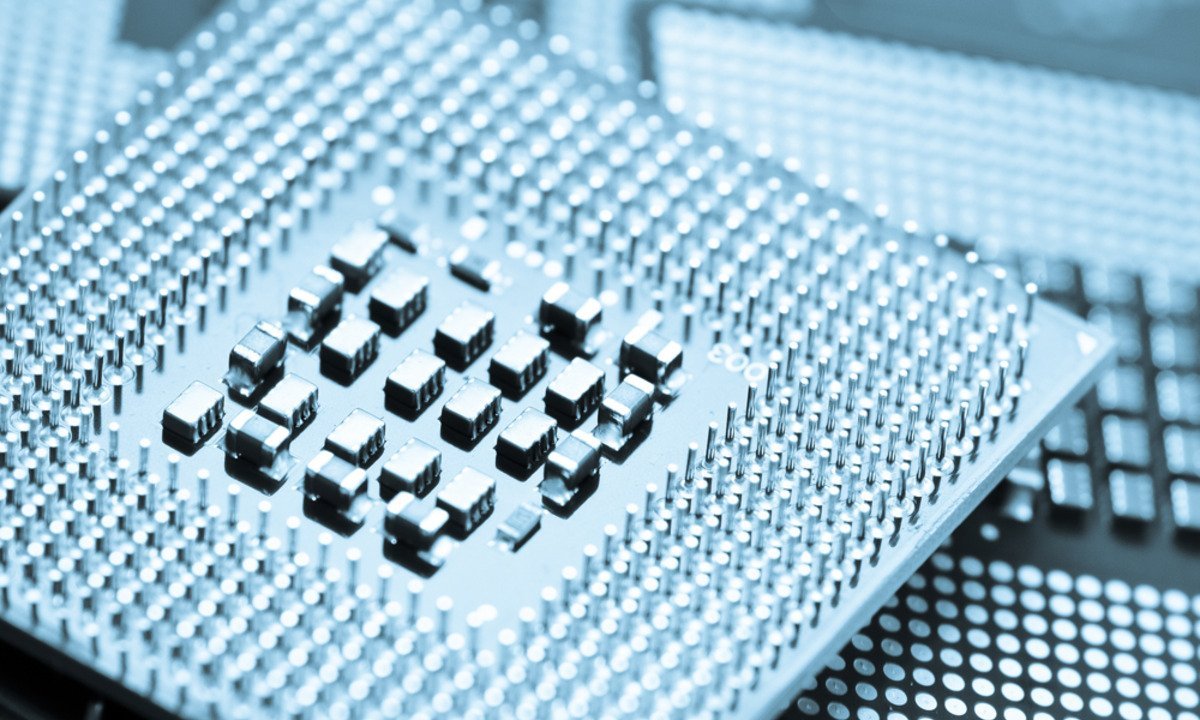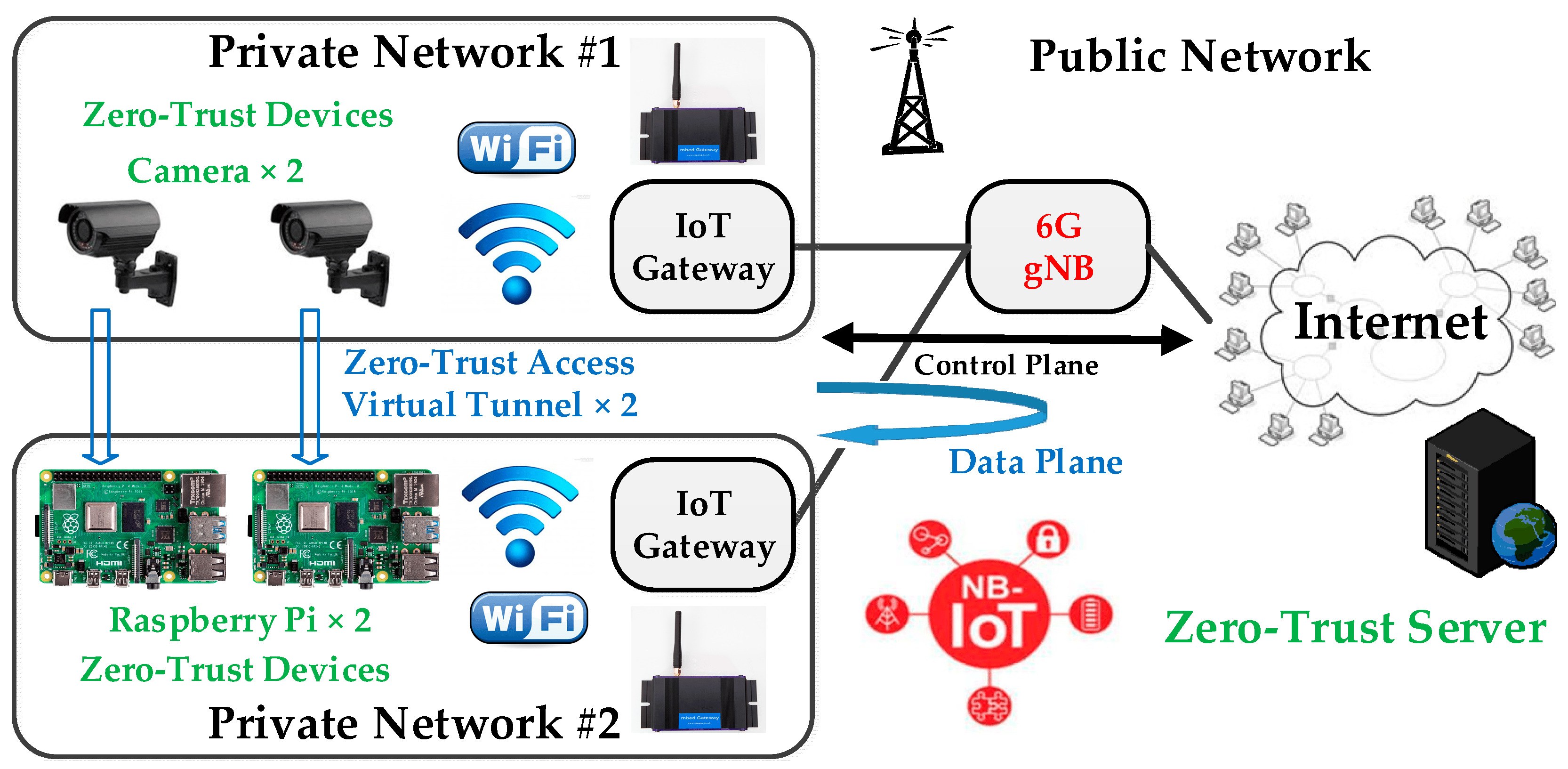Time: 2023-12-18 13:48:22View:

FPGA is an acronym for Field-Programmable Gate Array. It is an integrated circuit that is intended to be configured by a consumer or a designer after manufacturing, which is why it is referred to as "field-programmable."
FPGAs are composed of a hierarchy of reconfigurable interconnects and an array of programmable logic elements.
After manufacturing, they can be reprogrammed to meet the intended application or functionality requirements.
FPGAs are composed of programmable logic components known as "logic blocks" and a hierarchy of reconfigurable interconnects that enable the blocks to be connected.
They are extremely parallel in nature, which enables the execution of intricate computational tasks.
FPGAs are programmed using a Hardware Description Language (HDL) such as Verilog or VHDL.
The concept of programmable logic devices was first introduced in the 1960s with the introduction of read-only memory (ROM) devices.
In 1984, Ross Freeman, a co-founder of Xilinx, developed the first FPGA.
In 1985, Xilinx introduced the first commercial FPGA.
FPGAs have undergone substantial advancements in terms of functionality, speed, and capacity since that time.
Currently, FPGAs are extensively employed in a variety of applications, such as software-defined radio, aerospace and defense systems, medical imaging, and many other disciplines that necessitate high-performance computing.
Working Principle: Field-Programmable Gate Arrays (FPGAs) are integrated circuits that are intended for configuration by the customer or designer following manufacturing. They are composed of an array of reconfigurable interconnects and programmable logic blocks that facilitate the connection of the blocks. The logic blocks can be configured to execute complex combinational functions or basic logic gates such as AND and XOR. Memory elements, which may consist of basic flip-flops or more complex memory modules, are also incorporated into FPGAs.
The process of programming an FPGA entails a number of steps:
Design Entry: The digital circuit is generated through schematic design or the use of a Hardware Description Language (HDL) such as VHDL or Verilog.
Synthesis: The process of converting the HDL code into a netlist of fundamental FPGA elements.
Implementation: The design is placed and routed by mapping the netlist to the specific FPGA architecture.
Bitstream Generation: The process of generating a binary file that contains the configuration data.
Configuration: The bitstream is loaded into the FPGA through JTAG or other interfaces.
FPGAs consist of several key components:
Configurable Logic Blocks (CLBs) are the fundamental logic elements that can be programmed to execute a variety of functions.
Interface between the internal logic and external devices: Input/Output Blocks (IOBs).
Programmable Interconnects: Enable the connection of CLBs as required.
Block RAM: Memory sections that are exclusively allocated for data storage.
DSP Slices: Specialized units for digital signal processing operations.
Clock Management: Circuitry that is responsible for the coordination of clock signals throughout the device.
FPGAs differ from other Embedded Processors and Controllers like ASICs (Application-Specific Integrated Circuits) in several ways:
Flexibility: FPGAs are capable of being reprogrammed on an infinite number of occasions, whereas ASICs are permanently configured following the manufacturing process.
Development Time: FPGA designs can be implemented and evaluated rapidly, whereas ASICs necessitate longer development cycles.
Cost: FPGAs have reduced upfront costs but higher per-unit costs for large volumes, whereas ASICs have high initial costs but lower per-unit costs at high volumes.
Performance: In general, ASICs provide superior performance and lower power consumption for specific applications, whereas FPGAs offer greater adaptability.
Customization: FPGAs are capable of in-field updates and modifications, whereas ASICs are permanently configured upon their production.
Field Programmable Gate Arrays (FPGAs) are integrated circuits that can be configured and reconfigured by a user after manufacturing. They consist of a matrix of configurable logic blocks (CLBs), interconnected by programmable routing resources. FPGAs are used in a wide range of applications, including digital signal processing, telecommunications, automotive, and aerospace industries.
At the heart of an FPGA are the configurable logic blocks (CLBs). These blocks contain look-up tables (LUTs) that can be programmed to implement any Boolean function, as well as flip-flops for storing data. The interconnection between these CLBs is achieved through programmable routing resources, which consist of a network of wires and switches that can be configured to create connections between different logic blocks.
The configuration of an FPGA is typically done using a hardware description language (HDL) such as Verilog or VHDL. The HDL code is synthesized into a configuration file, which specifies how the logic blocks and routing resources should be programmed to implement the desired functionality. This configuration file is then loaded onto the FPGA using a configuration interface, such as a JTAG interface or a dedicated configuration memory.
One of the key advantages of FPGAs is their reconfigurability. This means that the same FPGA device can be reprogrammed to perform different tasks, making them highly versatile for prototyping and low-volume production. Additionally, FPGAs can be used to accelerate specific algorithms or functions by implementing them in hardware, which can provide significant performance improvements compared to software-based implementations.
In summary, FPGAs are a type of integrated circuit that can be configured and reconfigured to implement custom digital logic. They consist of configurable logic blocks interconnected by programmable routing resources, and their reconfigurability makes them well-suited for a wide range of applications, from prototyping to high-performance computing.

Telecommunications: FPGAs are employed in network infrastructure for the purposes of packet multiplexing, encryption, and signal processing.
5G Base Stations: FPGAs are responsible for the processing of substantial quantities of data necessary for 5G communication, including tasks such as modulation and beamforming.
Automotive: They are involved in vehicle-to-everything (V2X) communications, infotainment systems, and advanced driver-assistance systems (ADAS).
FPGAs are utilized by organizations such as Xilinx to implement advanced driver-assistance systems (ADAS) that encompass adaptive cruise control, automatic emergency braking, and lane departure warnings.
Aerospace and Defense: Utilized in radar systems, electronic warfare, and avionics due to their computational capabilities and reliability.
Radar Systems: Real-time radar signal processing is managed by FPGAs in phased-array radar systems, which enhances the detection and resolution capabilities.
Medical: Utilized in real-time data processing instruments for medical imaging, diagnostics, and monitoring.
MRI Machines: Real-time imaging and diagnostics are enabled by the processing of the complex data generated during MRI examinations by FPGAs.
Industrial: Utilized in industrial automation, robotics, and control systems to ensure robustness and adaptability.
In industrial robots, FPGAs are used to control motion and process sensor data in real-time, thereby assuring the precision and efficiency of manufacturing processes.
Consumer Electronics: Used for video processing in high-definition TVs, set-top devices, and gaming systems.
FPGAs are responsible for the processing, scaling, and signal conversion of video in 4K UHD televisions, resulting in high-quality video output and the support of a variety of video formats.
Financial Services: Employed in high-frequency trading systems to facilitate high-speed data processing and minimize latency.
High-Frequency Trading: FPGAs in financial markets improve trading algorithms by delivering superior performance in high-throughput, low-latency environments. Microsecond advantages in transaction execution are achieved by companies such as Liquidator through the use of FPGAs.

Common FPGA Chips
Major manufacturers of FPGA chips include:
Xilinx FPGA:
Artix-7 is appropriate for applications that require high performance and minimal power.
Spartan-7: A versatile device that is both low-cost and low-power, and is employed in a diverse array of applications.
High performance, minimal power, and ideal for high-density logic and signal processing: Kintex-7.
Virtex-7: A processor that is highly efficient and is employed in applications that require high performance, such as finance and communications.
Zynq-7000: A system-on-chip that integrates FPGA logic with ARM processors.
Altera (Intel):
Cyclone IV: A low-power, high-performance device that is employed in industrial and automation applications.
MAX10 is an ideal choice for automotive electronics, industrial control, and automation due to its minimal power and high reliability.
Stratix V is a high-performance system that is utilized in high-performance computation, communications, and data centers.
Microsemi:
SmartFusion2 is a secure and high-reliability application that combines a CPU and FPGA.
SmartFusion: Low power and high reliability, making it an ideal choice for aerospace, industrial, and automotive electronics.
Lattice Semiconductor:
The iCE40LP1k is a low-power, low-cost component that is utilized in mobile devices and the Internet of Things.
XO2 is an ideal choice for machine vision and AI applications due to its high performance and minimal power consumption.
ASICs are produced using photolithography, a method that involves etching a customized arrangement of transistors and other elements onto a silicon wafer. This arrangement is carefully designed to incorporate the intended functionality of the ASIC, which can vary from basic logic gates to intricate digital signal processing circuits. The manufacturing process for ASICs is both lengthy and costly, encompassing various stages like mask creation, wafer fabrication, and packaging. Nevertheless, after the initial investment is made, the cost per unit of ASICs decreases substantially as the production volume rises.
Below is a comparison table between ASICs and FPGAs, providing a detailed overview of their distinct features and applications.
Aspect | ASIC | FPGA |
Customization | Designed for a specific application | Can be reconfigured for different tasks |
Development Time | Longer development time | Shorter development time for prototypes |
Non-Recurring Engineering (NRE) | High NRE costs | Lower NRE costs, suitable for low volume |
Unit Cost | Lower unit cost for high volume production | Higher unit cost for low volume production |
Performance | Higher performance due to custom design | Lower performance compared to ASICs |
Power Consumption | Lower power consumption | Higher power consumption |
Flexibility | Limited flexibility once manufactured | High flexibility for design changes |
Prototyping | Not suitable for rapid prototyping | Suitable for rapid prototyping |
FPGA is between software and hardware. If you use it for interface and communication, it will be biased towards hardware; if you use it for algorithm and control, it will be biased towards software. With the rise of artificial intelligence and machine vision, FPGAs are more biased towards heterogeneous software algorithms and have the potential to compete with GPUs.
FPGA software direction: focusing on software development, developing FPGA acceleration application capabilities in data analysis, artificial intelligence, machine vision and other fields, mainly using OpenCL and HLS technologies to achieve collaborative development of software and hardware.
FPGA hardware direction: focusing on logic design, focusing on application design, integrated circuit design and chip verification capabilities in specific fields of FPGA.
The initial application field of FPGA was the communication field. However, with the development of the information industry and microelectronics technology, FPGA technology has become one of the most popular technologies in the information industry. Its application scope has expanded to include aerospace, automotive, medical, broadcasting, and test and measurement. , consumer electronics, industrial control and other popular fields, and with the development of technology and advancement of technology, it has begun to penetrate into life from all angles.
In conclusion, Field-Programmable Gate Arrays (FPGAs) are versatile integrated circuits that offer reconfigurability and flexibility, allowing users to implement custom digital logic for a wide range of applications. Unlike Application-Specific Integrated Circuits (ASICs), FPGAs can be reprogrammed after manufacturing, making them ideal for prototyping, low-volume production, and tasks that require frequent design changes. Their ability to accelerate specific algorithms and functions through hardware implementation, coupled with relatively lower non-recurring engineering costs, makes FPGAs a compelling choice for diverse industries seeking adaptable and customizable solutions for their digital processing needs.